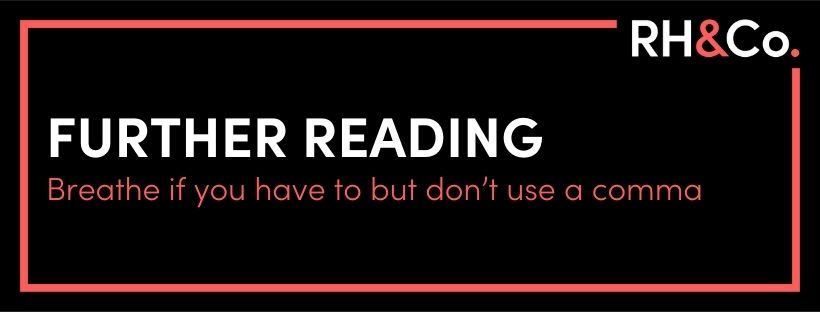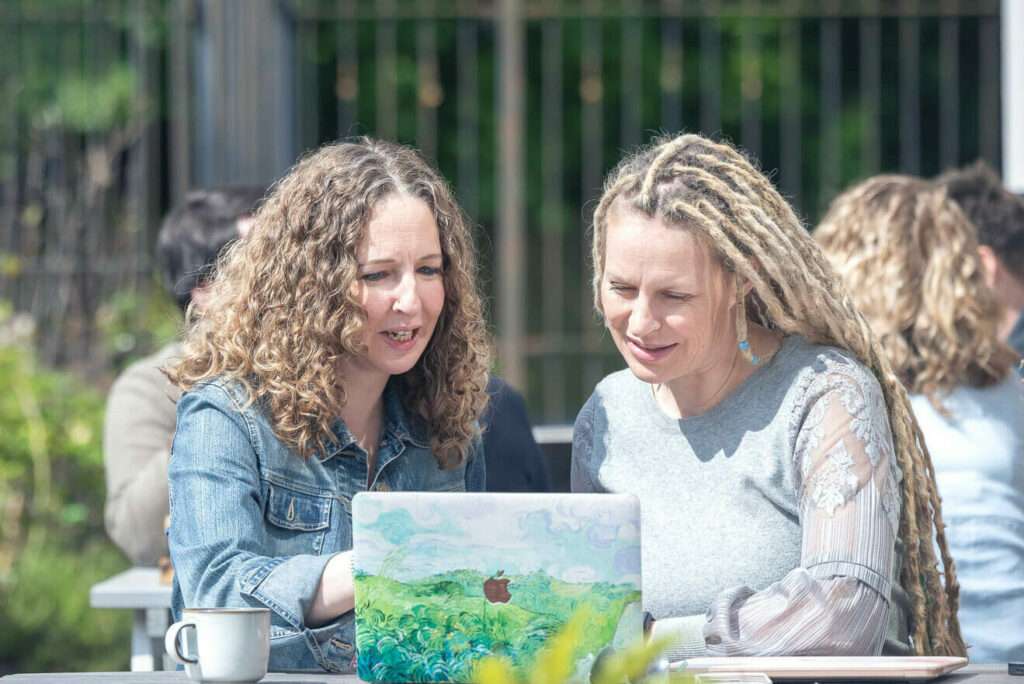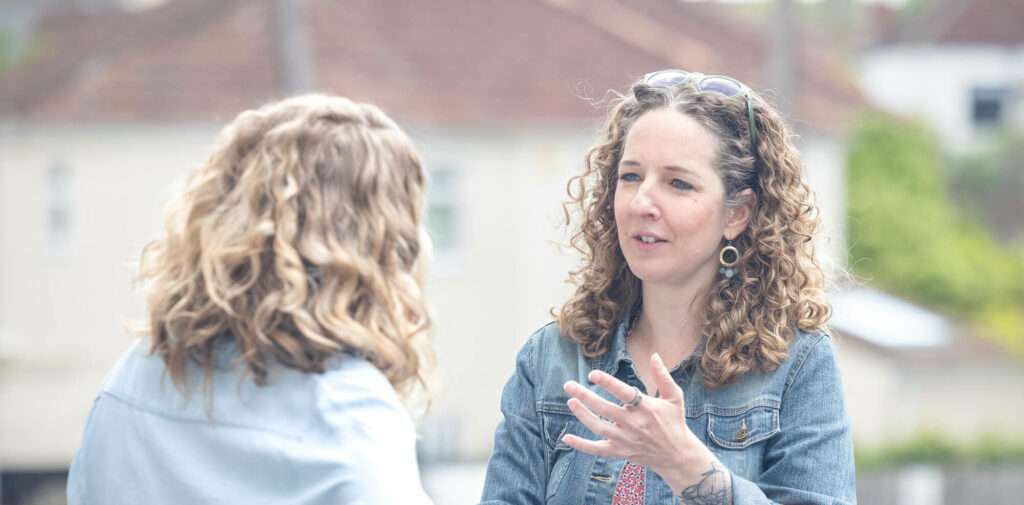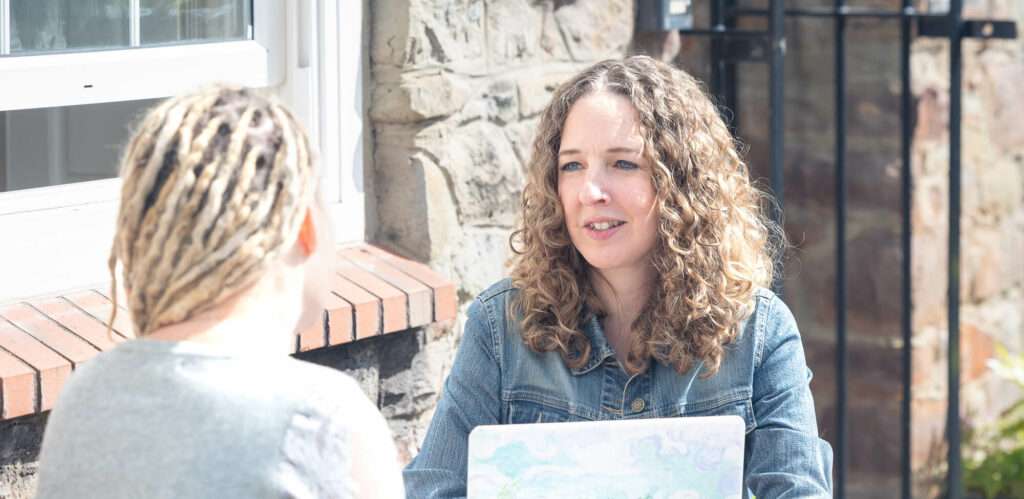

How to use an apostrophe without making people angry
For punctuation pedants, a misplaced apostrophe is the cause of much rage. Their blood boils at the sight of this elevated comma being used in the wrong place.
At RH&Co we try to stay mellow about it – after all, none of us can put together a change management plan or code even a single line of Javascript. Everyone has different skills, right?
But when it comes to business writing, it is important to get the basics right. While the odd typo is inevitable, consistently poor spelling, punctuation and grammar will mark you out as unprofessional.
Which is why we thought you’d appreciate this little guide on how to use an apostrophe correctly…
To replace missing letters
This is the most basic rule for apostrophes, so people usually get it right. When do not becomes don’t, the apostrophe takes the place of the second o. When they will becomes they’ll, it is there in the place of both the w and the i. This is what you call a common contraction. So far, so simple.

To signify possession
This bit also starts off in a relatively uncomplicated fashion. When Susan buys a book, it is Susan’s book. When the builder makes a sandwich, it is the builder’s sandwich. This is the possessive apostrophe at work.
What if the builder is really hungry and has two sandwiches? Same deal as with the singular form – the builder’s sandwiches. But what if there are several builders? Now we need to move the apostrophe so that it comes after the pluralising s: the (many) builders’ sandwiches.
The same goes for the Smith family. While Fido might be Mrs Smith’s dog (apostrophe before the s), he is also the Smiths’ dog – the dog belonging to the Smiths as a group – or the Smiths’s dog.
It’s worth noting that if the family’s surname ends with an s, you’ll need to pluralise it before adding the apostrophe. So while Mittens is Mr Williams’ cat, she is also the Williamses’ cat.
Just watch out for irregular nouns, which become plural in a way other than by adding an s or es – like child, which becomes children (rather than childs). If you want to refer to toys belonging to said children, you would say the children’s toys and not the childrens’ toys (because the plural of child is not childrens).
Still with us?

Its vs It’s
There is an exception to the possessive apostrophe: it. Since a sandwich belonging to a builder is the builder’s sandwich, it should follow that a sandwich belonging to it (say, a dog of non-specific gender) is it’s sandwich. This is an understandable and common mistake.
Instead, the dog would eat its sandwich. The bird would build its nest. A company would look after its staff and a plant would absorb water through its roots.
The only reason to add an apostrophe to its is if you’re using it as the contraction of it is ie it’s. In this case, the apostrophe signifies the missing i, as per rule number one above.If in doubt, try lengthening its to it is – if it doesn’t work, you don’t need an apostrophe. As an example, you wouldn’t say that the floppy disc has had it is day, therefore you should write the floppy disc has had its day, and not it’s day.
Acronyms
For some people, all of this is still relatively straight forward. Until they meet an acronym. Then for some reason they decide it’s time to throw the rulebook out of the window, and use an apostrophe before an s that is being used to create a plural, rather than to show possession.
So while they’d never say that one file becomes two file’s, they’ll happily talk about the garage that offers excellent MOT’s, the shortage of ATM’s in town, and how difficult it is to remember so many PIN’s. (Incidentally, this actually does make us feel quite twitchy.)Remember, unless you are signifying possession (the ATM’s screen or, if dealing with many ATMs, the ATMs’ screens) you don’t need that apostrophe.
Exceptions
We’re fairly certain that the English language was designed to confuse, which means you will always find an exception to any rule – including those relating to punctuation marks.
For example, if you wanted to say that when people’s handwriting is bad, their as often look like us, it’s probably helpful to add apostrophes to make your meaning clear: when people’s handwriting is bad, their a’s often look like u’s.
Likewise, you might want to write about the do’s and don’ts of using apostrophes (even though it’s actually incorrect) because it’s just clearer than dos and don’ts (which is the correct form). We like to call this a creative apostrophe.So there we have it. Not all that hard, is it? Feel free to copy and paste this post into your brand style guide! And if you’re still struggling with apostrophe confusion, email us and one of our punctuation nerds will set you straight.
Back to hompeage









